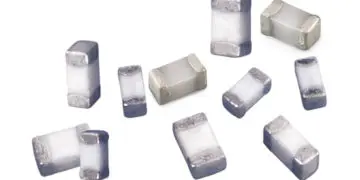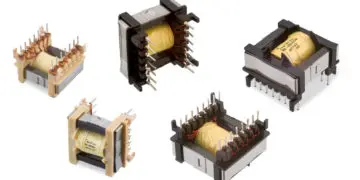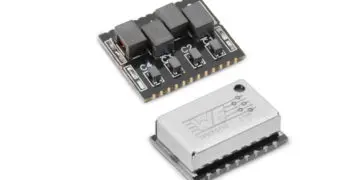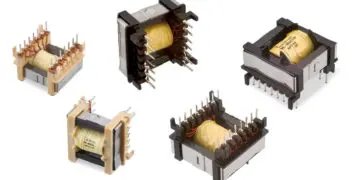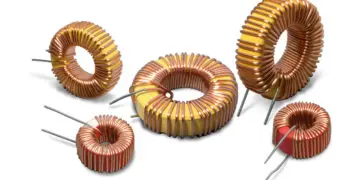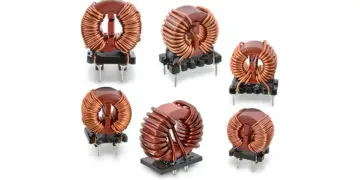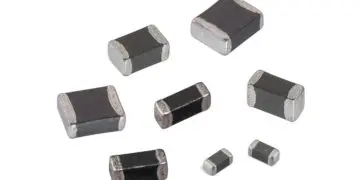Bourns Releases New Power NTC Thermistors
Bourns is pleased to debut its POWrThermTM Power NTC Thermistors, which are high power rating NTC thermistors. NTC thermistors are commonly used as Inrush Current Limiters (ICLs) on power lines. Read the original post Bourns Releases New Power NTC Thermistors on Passive Components Blog.










